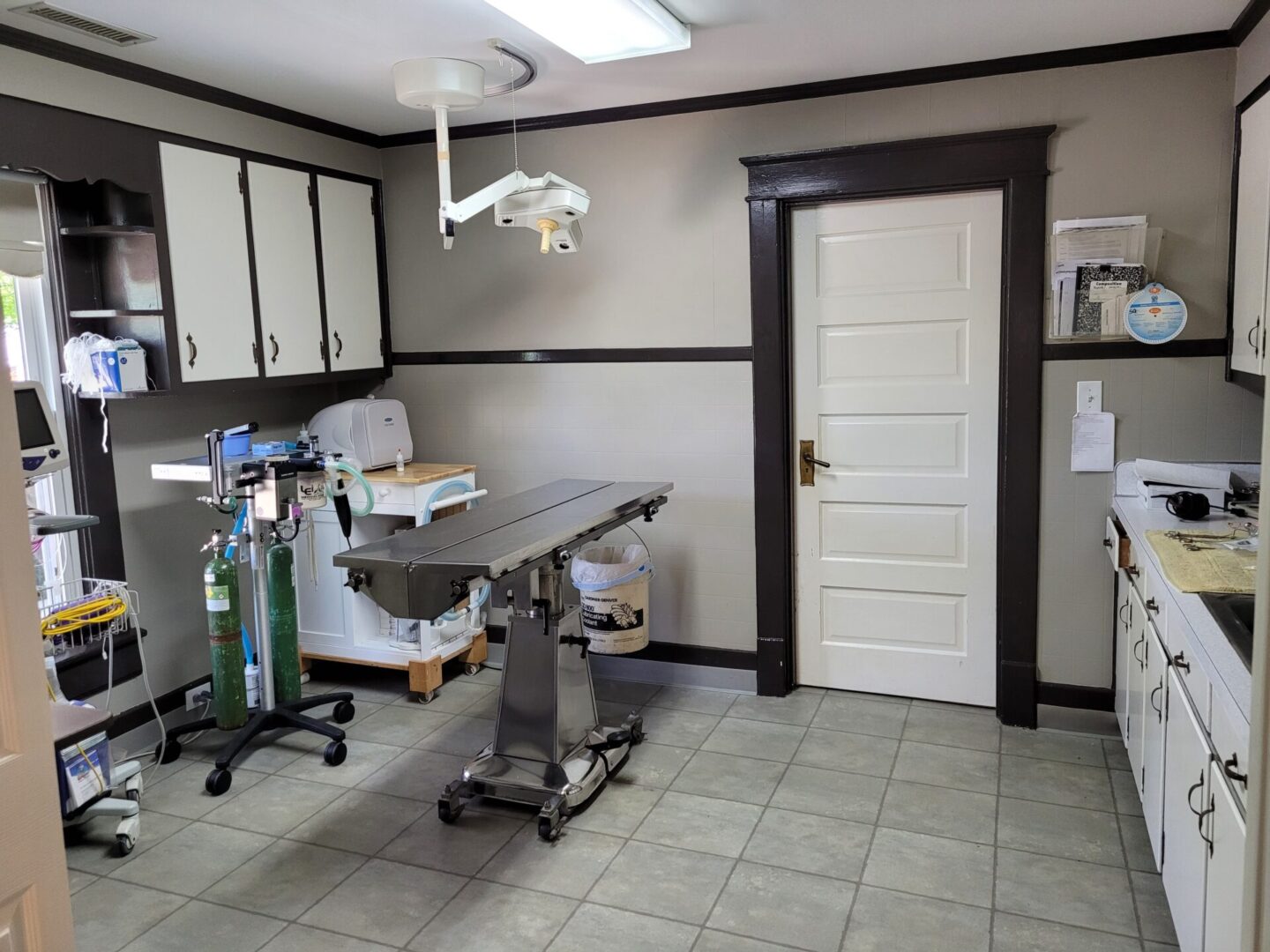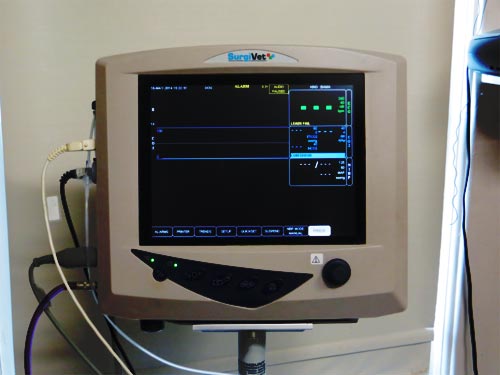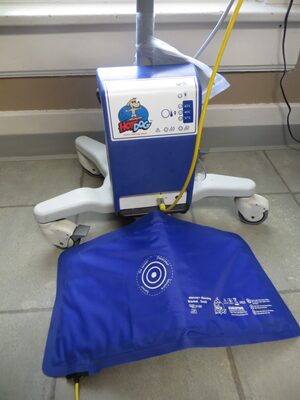Proverbs 12:10 A good man is concerned for the welfare of his animals
Learn About Our Surgeries
Dr. Brunner is able to perform a variety of surgeries. If you are not a client, or we are not familiar with this pet, an appointment will be scheduled prior to the surgery to review the pet’s history and determine the best course of action. He may also refer the case to a specialist if that is best for your pet.

Routine surgeries include:
Non-routine surgeries include:
Safety
For all surgeries (including dental) we utilize the SurgiVet® Advisor® Vital Signs Monitor. This is a multi-parameter monitor that provides the doctor with a variety of monitoring options such as heart rate, blood pressure, ECG, digital pulse oximetry (blood oxygen levels), End-tidal CO2, and respiratory rate.
Every animal tends to lose body temperature during anesthesia. When the body becomes chilled, the blood pressure drops, drug metabolism slows, and if severely hypothermic organ function can be damaged. Thermal blankets and heating pads can be used to help maintain body temperature. We use the HOT DOG® patient warming system. A sensor in the blanket continuously monitors the temperature with over-temperature alarms for safety. This means it maintains the perfect temperature at all times, so the surgery patient is comfortable no matter how long it takes.


Pre- and Post-Surgical Information
Please note that these instructions are for most surgical procedures that require the use of anesthesia. Instructions specific to your pet’s procedure will be given when the surgery is scheduled.
